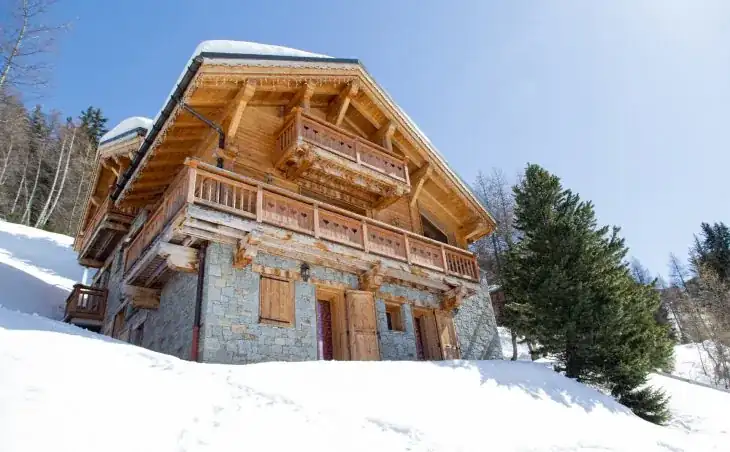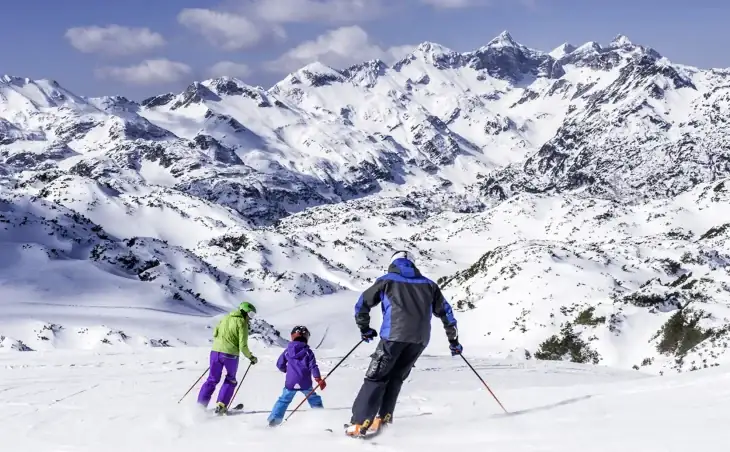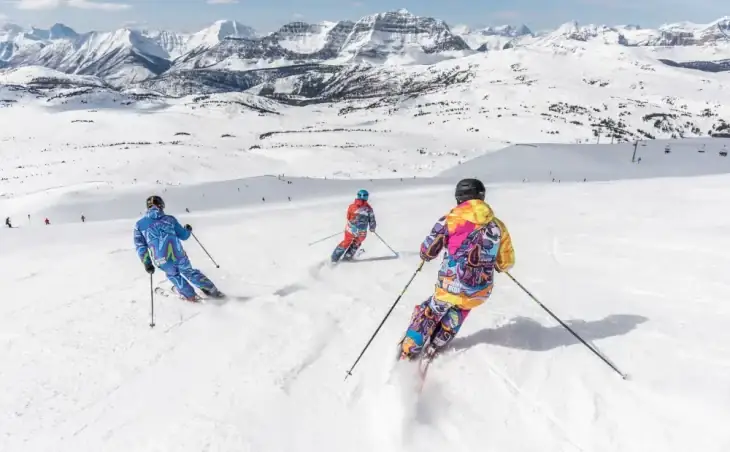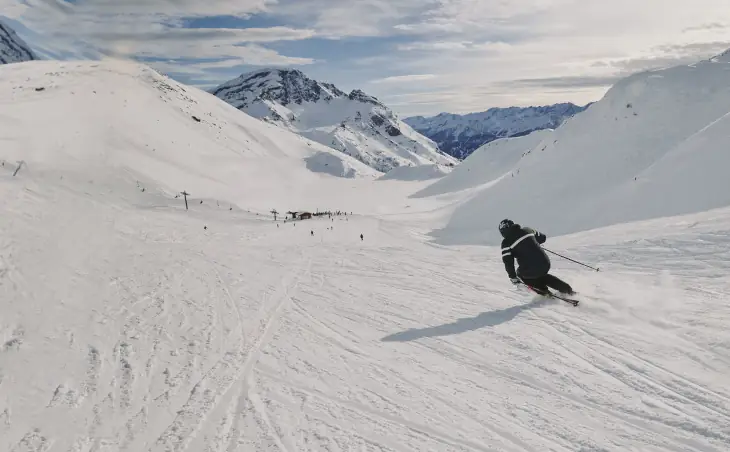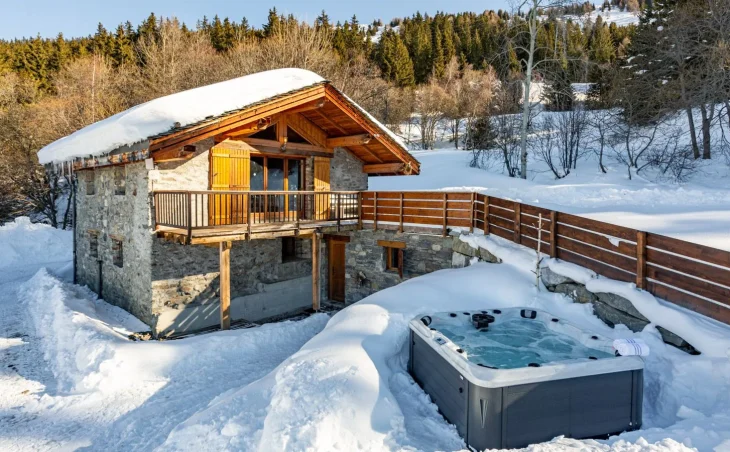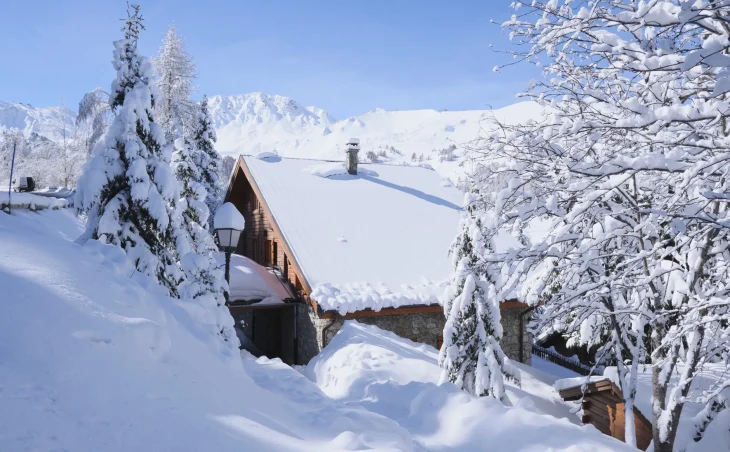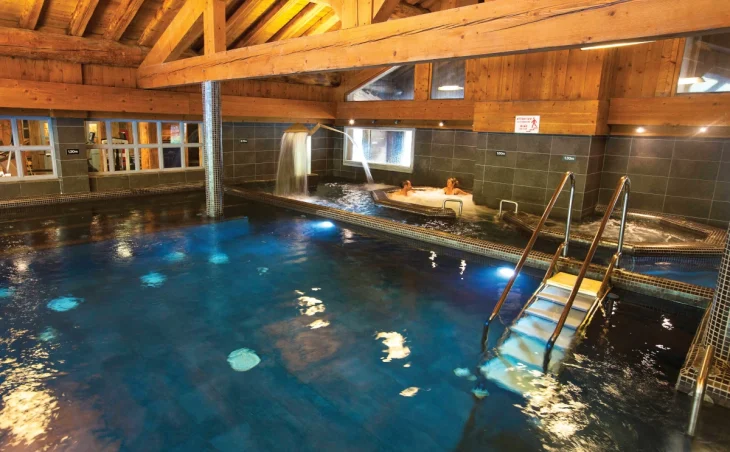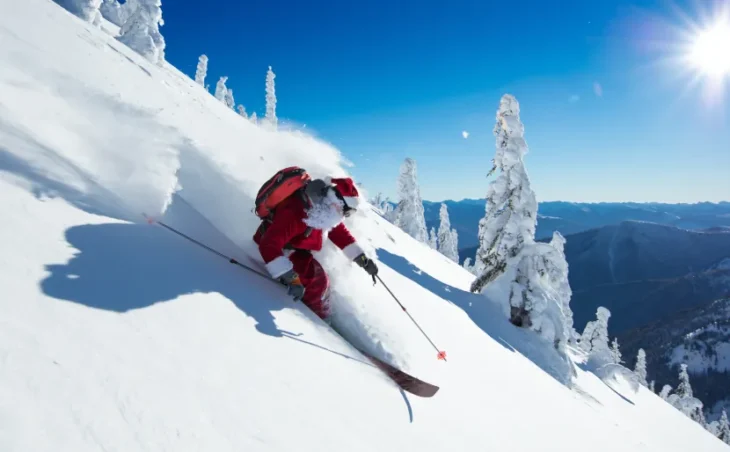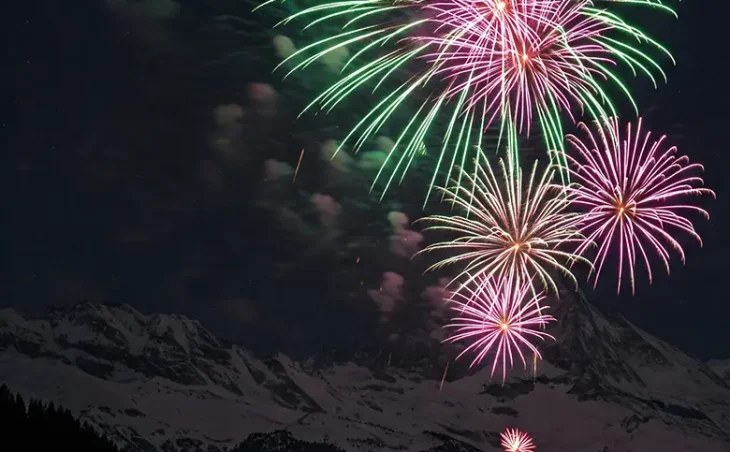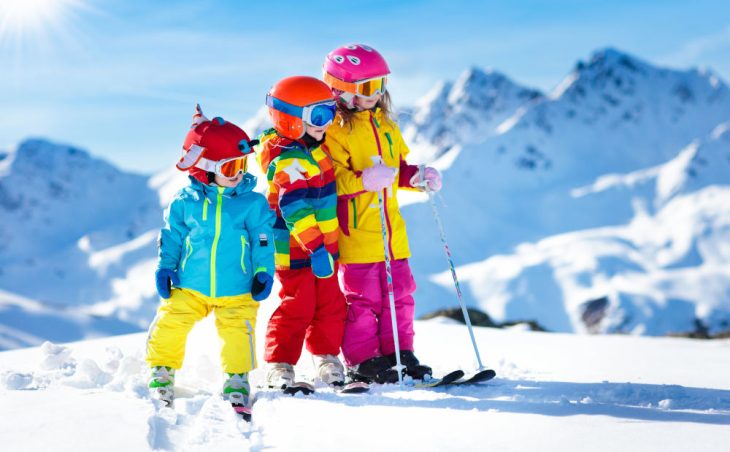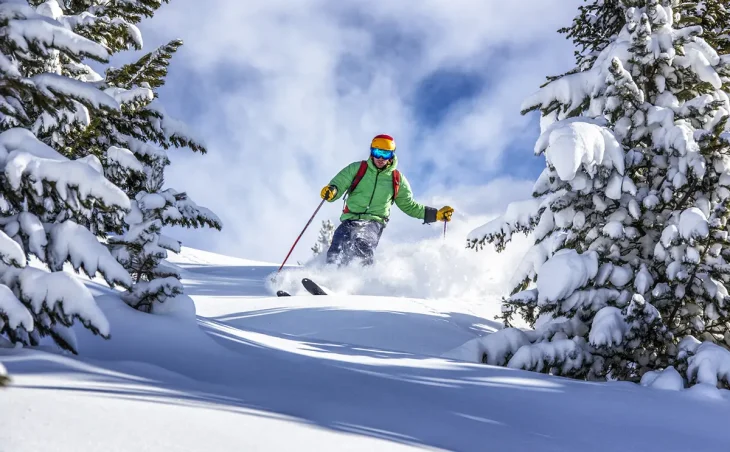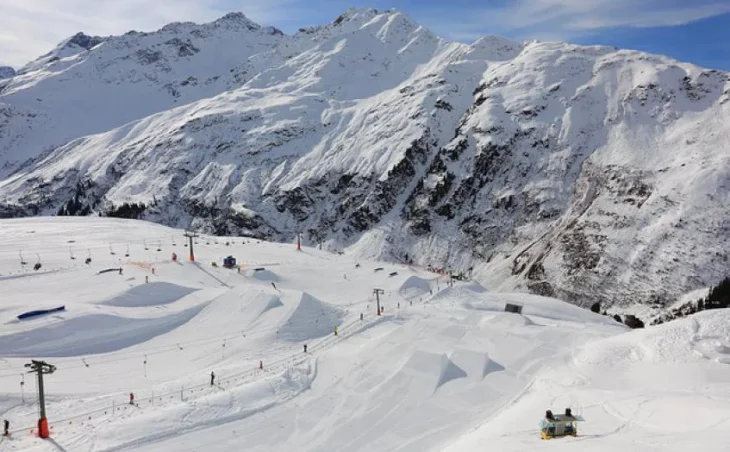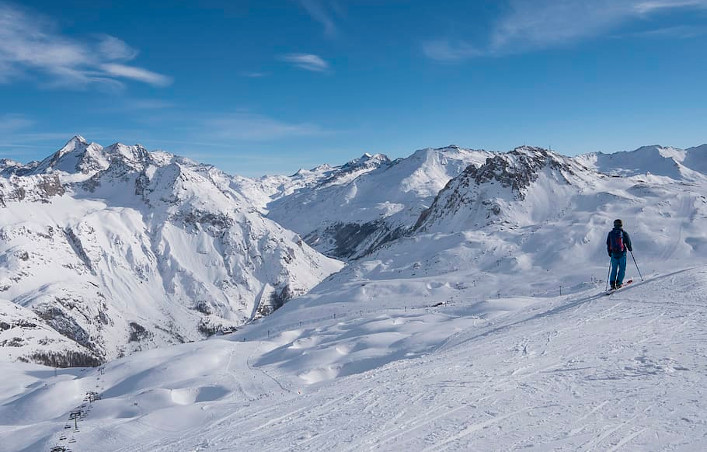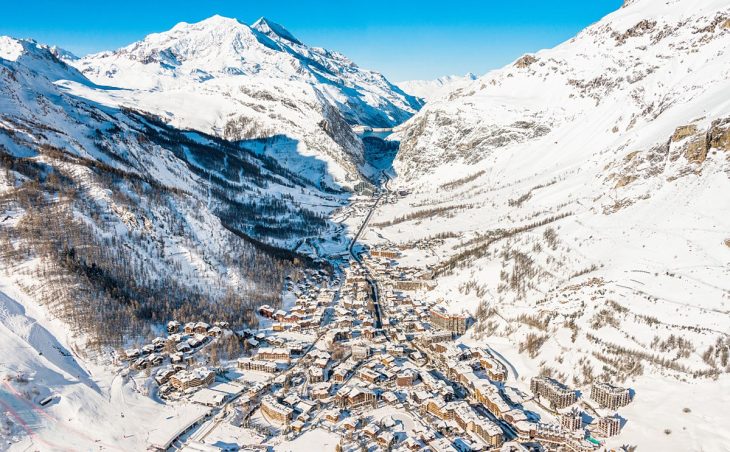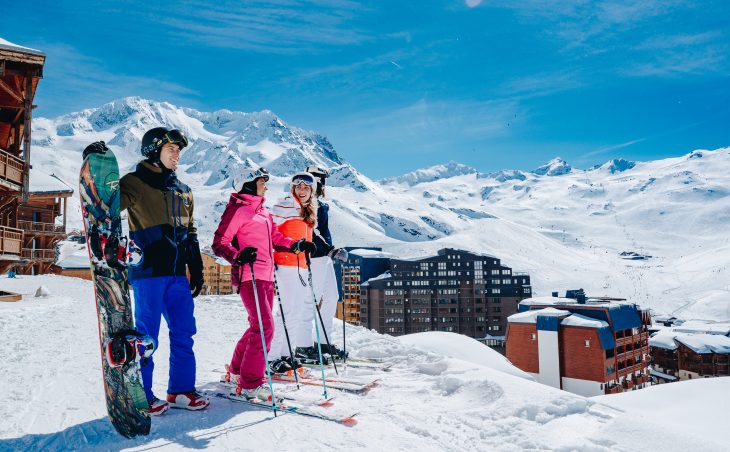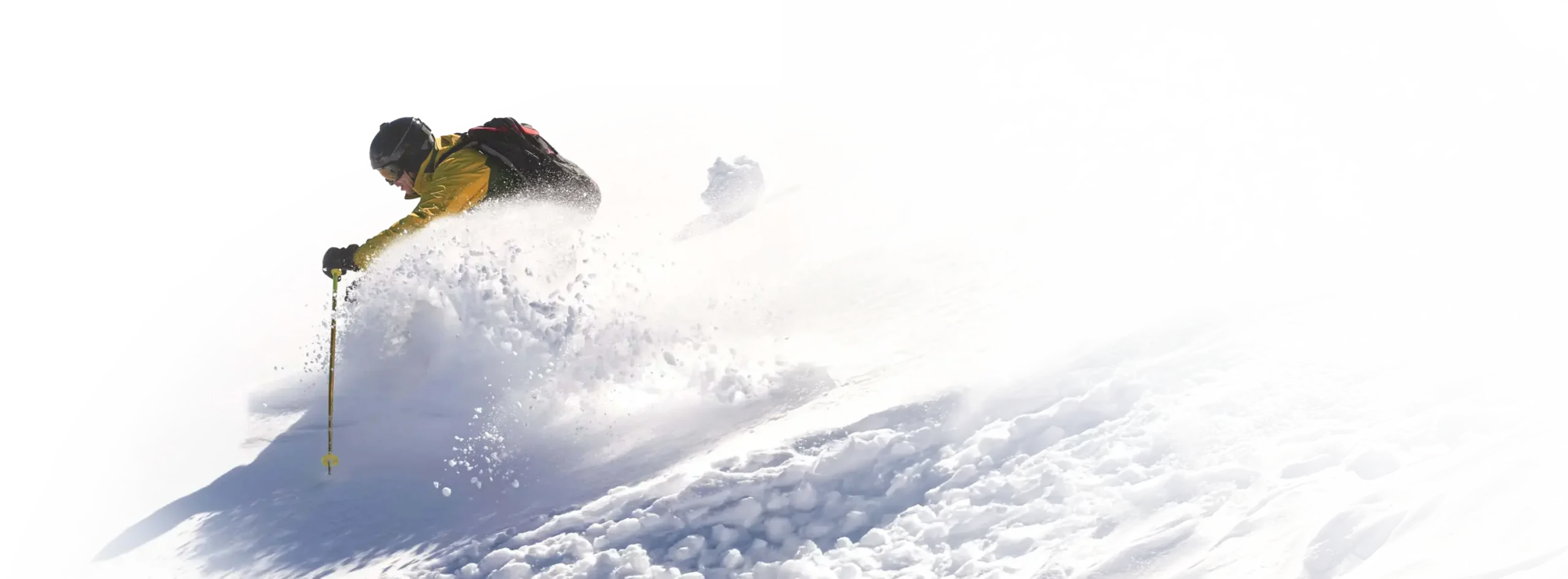
Ski Holidays 2025/2026
Search for your next ski holiday
With Ski Line, the award-winning ABTA-certified travel agent, rated 4.9 on Feefo from over 1,900 reviews.
Featured Ski Holidays
Pick from our Top Deals
You’re in the right place to find the best ski deals. Save £££s when you book with Ski Line.
Experience Award-Winning Customer Service
What our customers say
Our team of expert advisors are the best in the business, and are ready to find your perfect ski holiday.
Ski Line Recommends
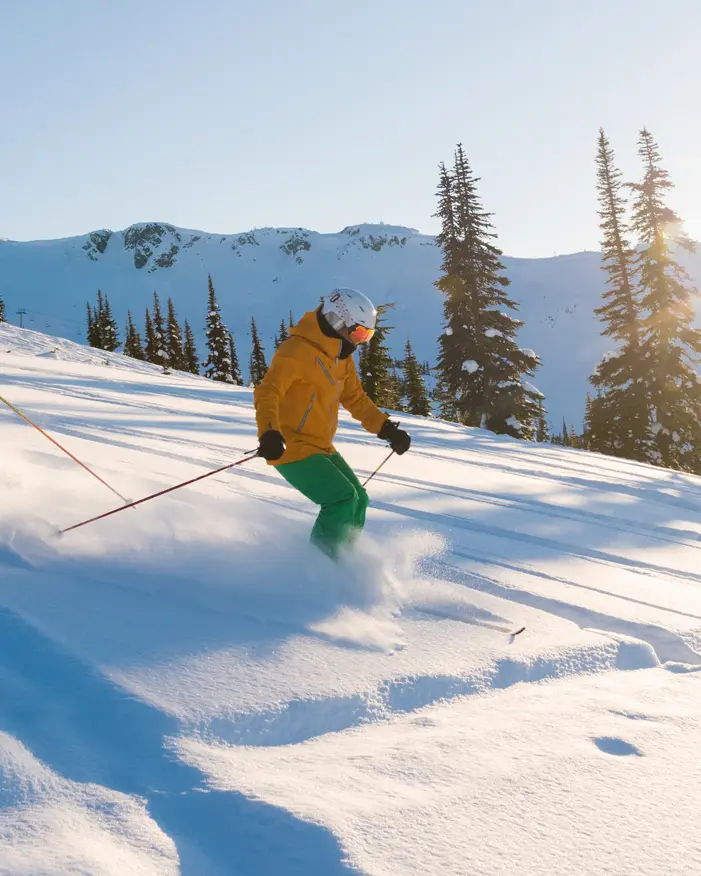
Catered Chalets
For a luxurious and stress free ski holiday.
Full-service packages include gourmet meals, housekeeping, and concierge support. And located near the slopes our chalets offer amenities like ski-in/ski-out access, hot tubs and saunas, making them the perfect retreat for families and groups.
Snow Sure Resorts
No one wants a no-show snow ski holiday!
Look for high altitude resorts for a snow sure ski holiday. For more details read our blog post
European favourites
European destinations are the first choice for British Skiers.
Just a short hop by plane or Eurostar, and English is widely spoken in the resorts and ski schools. France is our top selling destination year-on-year, whilst Austria and Italy also offer wonderful snow-sure resorts together with modern facilities.
Booking Early
Don’t be tempted to wait for a last minute deal.
Operators incentivise early booking with their best prices. If you are a group or if you have specific requirements, booking early is even more important – the best accommodation is always the first to go.
Peak Dates
Check out our deals for the most popular dates in the skiing season.
Popular Destinations
Explore our Ski Holiday Blog
Your ultimate guide to the world of ski holidays. Written by Ski Line’s ski experts and some of the best guest bloggers in the industry.
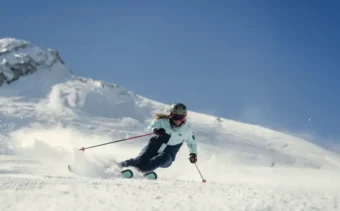
- News
Snowstorm sets up resorts for a great ski holiday season
A massive snowstorm which fell over the European Alps last week has seen many resorts buried...

- Skiing Tips
Keep An Eye Out For Those Last Minute Ski Deals
About 25 years ago, even before the snow had fully melted from the previous season, the...

- News
The World Ski Awards: A Mark of Excellence
At Ski Line, we’ve always believed booking a ski holiday shouldn’t feel like scrolling through a...
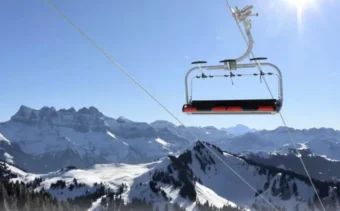
- Destinations
New Linga Chairlift Set to Transform Châtel for Winter 2025–26
Big news from the Portes du Soleil: Châtel is gearing up for a major upgrade next...
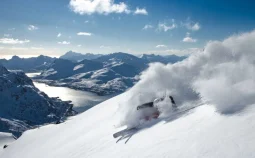 All Ski Deals
All Ski Deals